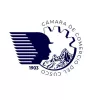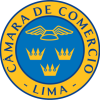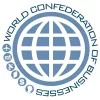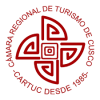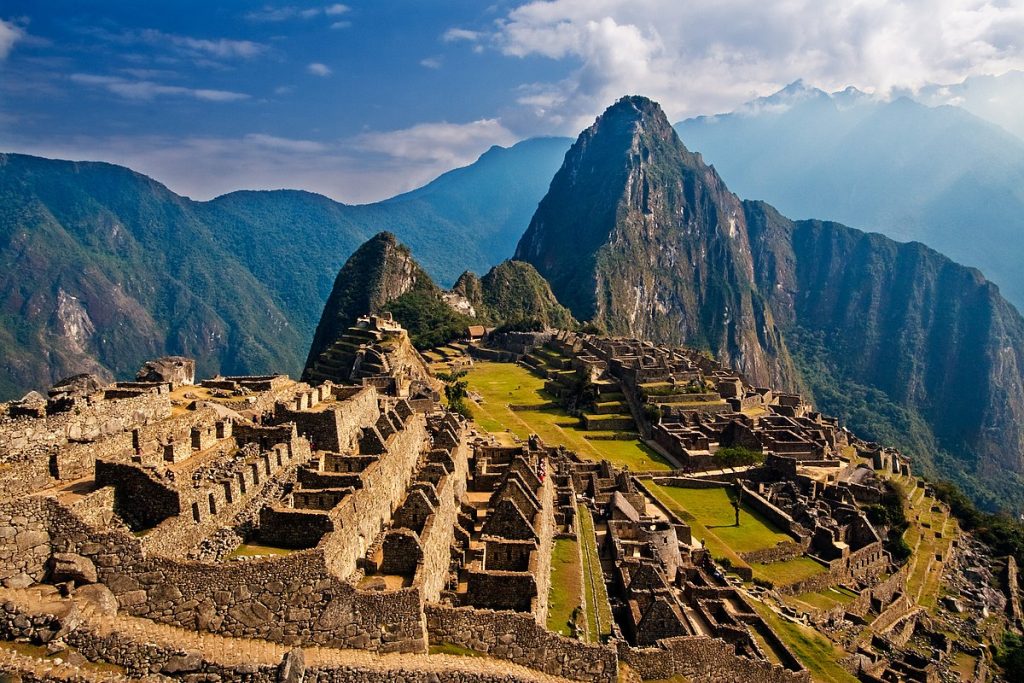
Pictures of Machu Picchu
Welcome to our visual journey through the captivating beauty of Machu Picchu. In this article, we will explore the historical significance, architectural marvels, natural beauty, and spiritual and cultural significance of this ancient Incan citadel. Additionally, we will provide you with photography tips and tricks to help you capture stunning images of this UNESCO World Heritage Site. Let’s embark on this enchanting adventure!
The Historical Significance of Machu Picchu
Machu Picchu, also known as the “Lost City of the Incas,” was built in the 15th century and abandoned just a century later. This archaeological wonder remained hidden from the world until its rediscovery in 1911 by Hiram Bingham. The city’s purpose and the reason for its abandonment are still debated by historians and archaeologists, adding to its mysterious allure.Exploring the Architectural Marvels
The architectural brilliance of Machu Picchu is truly awe-inspiring. The city is divided into different sectors, each serving a specific function. From the Temple of the Sun to the Intihuatana Stone, every structure exhibits intricate stonework and precise engineering. Marvel at the terraces, palaces, and ceremonial buildings that showcase the advanced craftsmanship of the Incan civilization.The Natural Beauty Surrounding Machu Picchu
Machu Picchu is nestled amidst the breathtaking Andes Mountains, providing a picturesque backdrop for your photographs. The surrounding peaks, lush green valleys, and the winding Urubamba River create a harmonious blend of nature and ancient architecture. Be prepared to be mesmerized by the stunning vistas and the sense of tranquility that envelops this sacred place.The Spiritual and Cultural Significance
Machu Picchu holds tremendous spiritual and cultural significance for the indigenous Quechua people of Peru. It is believed to have been a sacred site where rituals, ceremonies, and astronomical observations took place. The energy and aura of this place are palpable, allowing visitors to connect with the ancient wisdom and spirituality that permeates the air.Photography Tips and Tricks
To capture the essence of Machu Picchu in your photographs, follow these tips:- Opt for an early morning visit to witness the ethereal sunrise over the ruins.
- Experiment with different angles and perspectives to highlight the unique features of the architecture.
- Utilize the natural light to enhance the textures and details of the stonework.
- Include human elements in your shots to convey a sense of scale and evoke a feeling of wonder.
- Don’t forget to take wide-angle shots to capture the grandeur of the entire site.
Preserving Machu Picchu for Future Generations
As visitors, it is our responsibility to ensure the preservation of Machu Picchu for future generations. Follow these guidelines during your visit:- Respect the rules and regulations set by the site authorities, including restrictions on touching the structures.
- Dispose of waste properly and leave no trace behind.
- Support sustainable tourism practices by choosing responsible tour operators and accommodations.
- Spread awareness about the significance of preserving cultural heritage.
Conclusion
Machu Picchu is not just a collection of ancient ruins; it is a testament to human ingenuity and a gateway to the mystical world of the Incas. With its historical significance, architectural marvels, natural beauty, and spiritual and cultural significance, it continues to fascinate and inspire visitors from around the globe. So pack your camera and embark on this visual journey to capture the enchanting images of Machu Picchu!Frequently Asked Questions
1. How do I get to Machu Picchu?
Machu Picchu can be reached by taking a train from Cusco or Ollantaytambo to Aguas Calientes, followed by a bus ride up to the site. Alternatively, adventurous hikers can embark on the famous Inca Trail, a multi-day trek that leads to Machu Picchu.2. Are there any restrictions on photography at Machu Picchu?
Photography is allowed at Machu Picchu; however, the use of tripods and drones is prohibited. Additionally, there are specific guidelines in place to ensure the preservation of the site, such as not touching the structures or climbing on restricted areas.3. What is the best time of day to capture stunning photos of Machu Picchu?
The early morning and late afternoon offer the best lighting conditions for photography at Machu Picchu. The soft golden light during sunrise and sunset enhances the colors and textures of the ruins, creating a magical atmosphere.4. Can I visit Machu Picchu on my own or do I need a guide?
While it is possible to visit Machu Picchu independently, hiring a knowledgeable guide can greatly enhance your experience. They can provide valuable insights into the history and significance of the site, ensuring you make the most of your visit.
Top Tours in Peru 2023
- Tour in Peru 5 days visit: Cusco, Machu Picchu, Sacred Valley and Rainbow Mountain
- Tour in Peru 5 days visit: Cusco, Machu Picchu, Sacred Valley and Humantay Lagoon
- Tour in Peru 9 days: Lima, Paracas, Nazca, Cusco, Valley, Machu Picchu, Lake Titicaca
- Tour in Peru 10 days visit: Lima, Cusco, Sacred Valley Machupicchu, Piura, Máncora
- Tour in Peru 15 days: Lima, Cusco, Valley, Machu Picchu, Lake Titicaca – Puno, Colca Canyon – Arequipa, Lima, Amazon River – Iquitos
- Tour in Peru 15 days: Lima, Paracas – Nazca, Colca Canyon – Arequipa, Lake Titicaca – Puno, Cusco – Sacred Valley, Machu Picchu, Lima
Tour from 1 to 30 days in Peru includes hotel, transportation, income and more
- Tour in Peru 1 day Machu Picchu in one day with the Train Company “Inca Rail”
- Tour in Peru 1 day Machu Picchu in one day with the Train Company “Peru Rail”
- Tour in Peru 2 days Machu Picchu and Sacred Valley
- Tour in Peru 2 days Machupicchu and Huaynapicchu
- Tour in Peru 3 days and 2 nights visit: Cusco, Machu Picchu
- Tour in Peru 4 days Cusco, Machu Picchu, Valley
- Tour in Peru 4 days with 1 night in Machu Picchu
- Tour in Peru 5 days visit: Cusco, Machu Picchu, Sacred Valley, Maras Moray
- Tour in Peru 5 days visit: Cusco, Machu Picchu, Sacred Valley and Rainbow Mountain
- Tour in Peru 5 days visit: Cusco, Machu Picchu, Sacred Valley and Humantay Lagoon
- Tour in Peru 5 days visit: Lima, Cusco, Machu Picchu, Sacred Valley
- Tour in Peru 6 days visit: Lima, Cusco, Machu Picchu, Sacred Valley, Lake Titicaca
- Tour in Peru 7 days: Lima, Arequipa, Colca Canyon, Cusco, Sacred Valley, Machu Picchu
- Tour in Peru 7 days: Lima, Cusco, Sacred Valley, Machu Picchu, Nazca, Paracas, Ballestas
- Tour in Peru 7 days: Lima, Valley, Machu Picchu, Puno, Lake Titicaca, Uros
- Tour in Peru 8 days visit: Lima, Paracas, Nazca, Cusco, Valley, Machu Picchu, Lake Titicaca
- Tour in Peru 9 days: Lima, Paracas, Nazca, Cusco, Valley, Machu Picchu, Lake Titicaca
- Tour in Peru 10 days visit: Lima, Cusco, Sacred Valley Machupicchu, Piura, Máncora
- Tour in Peru 11 days visit: Lima, Machu Picchu, Lake Titicaca, Puno, Colca Canyon, Arequipa
- Tour in Peru 11 days visit: Lima, Nazca, Machupicchu, Cusco, Puno, Lake Titicaca
- Tour in Peru 15 days: Lima, Cusco, Valley, Machu Picchu, Lake Titicaca – Puno, Colca Canyon – Arequipa, Lima, Amazon River – Iquitos
- Tour in Peru 15 days: Lima, Paracas – Nazca, Colca Canyon – Arequipa, Lake Titicaca – Puno, Cusco – Sacred Valley, Machupicchu, Lima
- Tour in Peru 20 days: Lima, Cruise on the Amazon River – Iquitos, Lima, Huacachina, Nazca Lines, Ballestas – Ica, Colca Canyon – Arequipa, Cusco, Sacred, Machu Picchu
- Tour in Peru 22 days: Lima, Señor de Sipán – Chiclayo, Chan Chan – Trujillo, Lima, Paracas, Nazca, Colca Canyon – Arequipa, Lake Titicaca Puno, Cusco, Valley, Machu Picchu
- Tour in Peru 25 days: Lima, Nazca, Machupicchu, Trujillo, Chiclayo, Lord of Sipan, Chavín De Huántar, Arequipa, Cusco
- Tour in Peru 30 days: Lima, Chan Chan Trujillo, Sipan Chiclayo, Kuelap Chachapoyas, Baños del Inca Cajamarca – Paracas, Nazca, Colca Arequipa, Titicaca, Cusco, Valle, Machu Picchu
Inca Trail to Machu Picchu
- Inca Trail 2 days to Machu Picchu
- Inca Trail 4 days to Machu Picchu
- Inca Trail 4 days to Machu Picchu”Lujo”
- Inca Trail to Choquequirao 4 days
- Inca Trail to Choquequirao 5 days
- Inca Trail through the Nevado Salkantay 4 days to Machu Picchu with Sky Camp
- Inca Trail through the Nevado Salkantay 5 days to Machu Picchu with Sky Camp
testimony of our passengers
Book your tour or ask your questions
| E-mail: info@machupicchu.com.pe | MOVIL: +51-977777777 |
| E-mail: mapitravel@hotmail.com | MOVIL: +51-984630919 |
| E-mail: machupichutravel@gmail.com | MOVIL: +51-984654111 |
